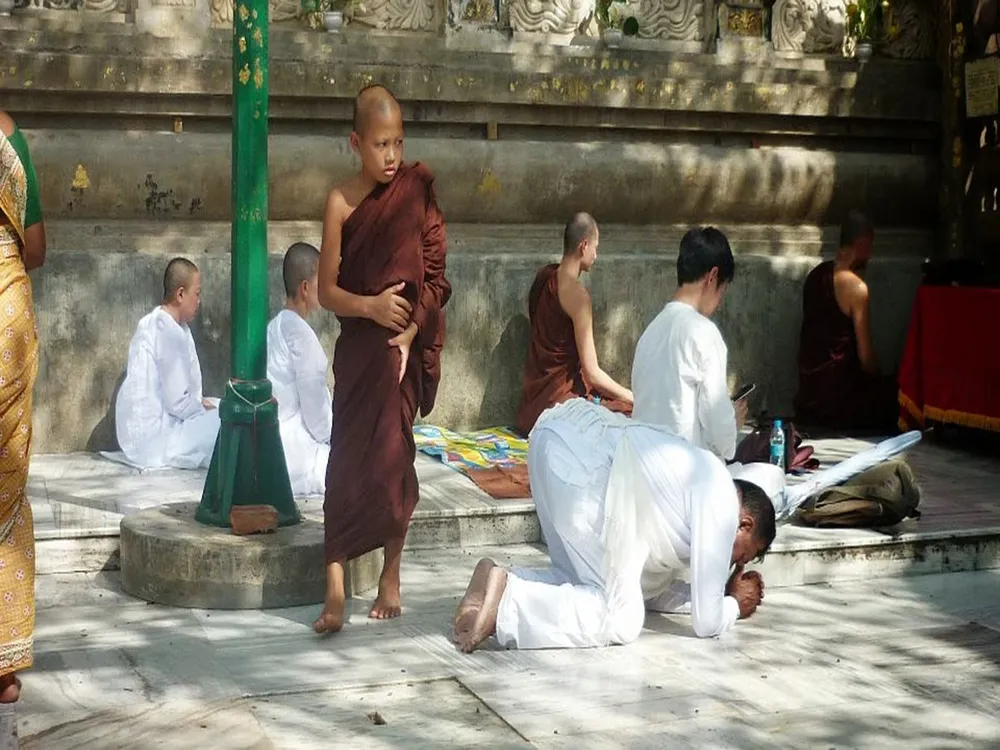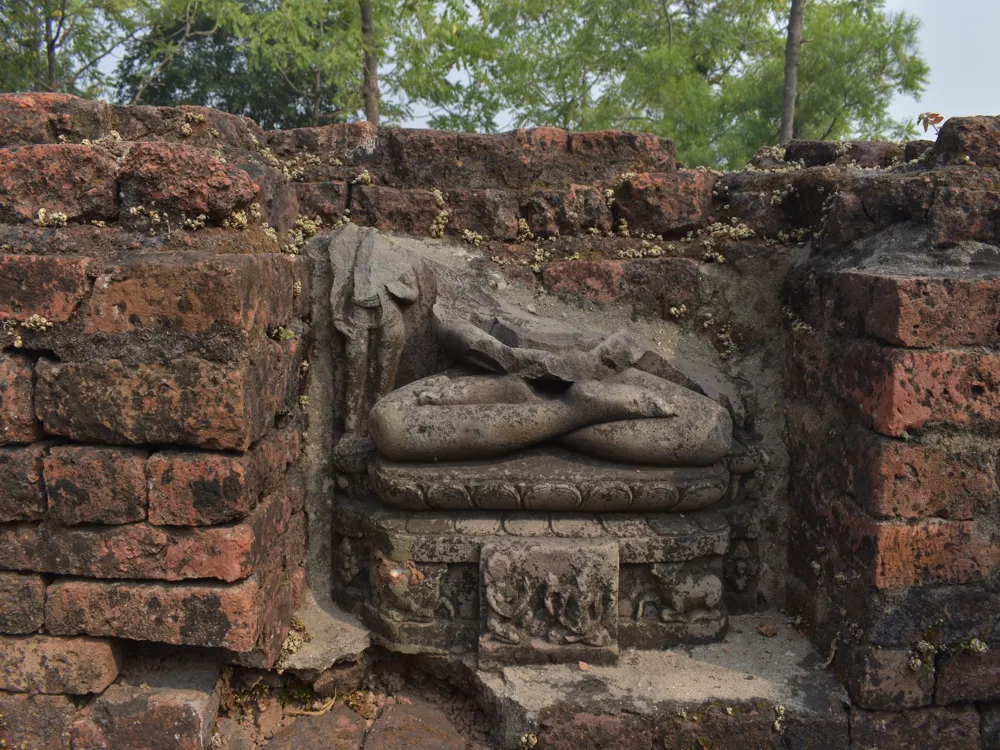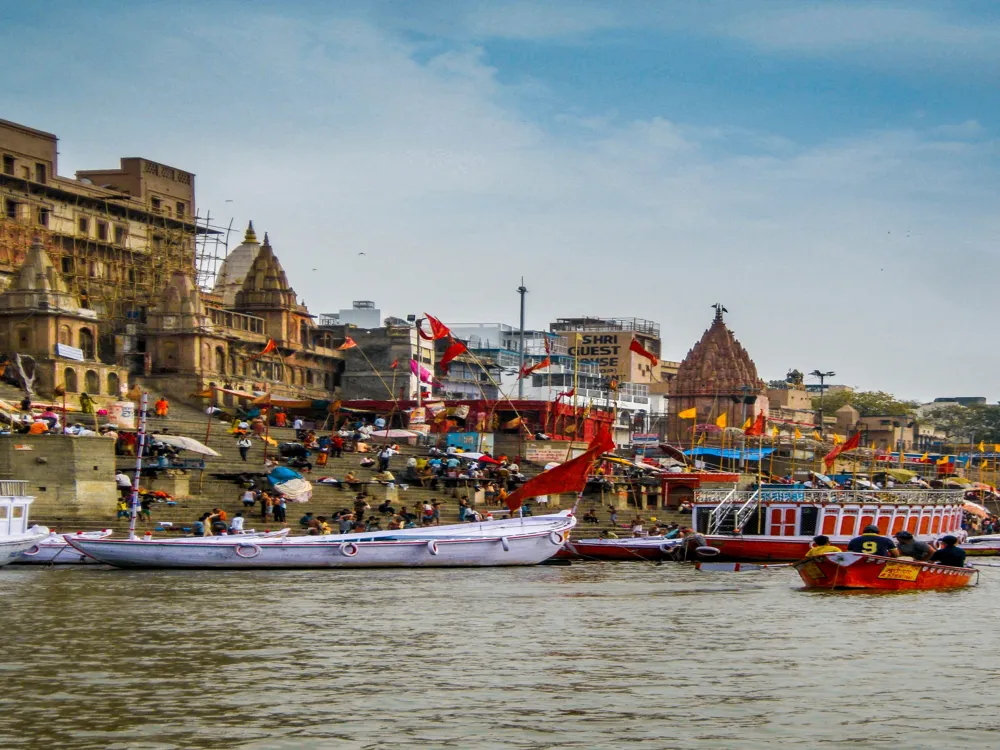Nalanda University, located in the northeastern Indian state of Bihar, stands as a remarkable testament to ancient Indian education and architectural brilliance. This esteemed institution dates back to the 5th century CE and flourished for over 600 years, attracting scholars and students from around the globe. Known for its extensive library and diverse curriculum, Nalanda was not just a center for Buddhist studies but also a hub for learning in various fields such as medicine, mathematics, astronomy, and art. The university was established during the Gupta Empire, an era renowned for significant advancements in science, art, and literature. Nalanda University's fame spread far and wide, drawing scholars from Korea, Japan, China, Tibet, Indonesia, Persia, and Turkey. Its curriculum included detailed studies in the Vedas, logic, grammar, medicine, and metaphysics. The influence of Nalanda University on global education and culture is immense, with its pedagogical model inspiring contemporary educational systems. The decline of Nalanda University began in the 12th century when it was ransacked by invaders. The destruction of its vast library, which reportedly burned for several days, marked the end of a golden era in Indian education. Despite this, the ruins of Nalanda University continue to be an important site for historical and archaeological study, offering insights into the life and knowledge of ancient times. The architectural design of Nalanda University is a remarkable example of ancient Indian construction expertise. Spread over an extensive area, the university's layout was meticulously planned, featuring monasteries, temples, classrooms, and a grand library. The buildings were primarily made of red bricks, and their ruins give us a glimpse into the architectural splendor of the past. At its zenith, Nalanda University consisted of multiple multi-storied buildings, which were supported by pilasters and adorned with intricate carvings. The university's library, known as Dharma Gunj (Mountain of Truth) or Dharmaganja (Treasury of Truth), was a significant architectural feat. It housed thousands of manuscripts and was considered the most extensive library of its time. The monasteries at Nalanda University were residential cells for the monks and students. Each monastery was designed with a central courtyard surrounded by a multitude of cells. These cells provided modest living quarters and facilitated an environment conducive to learning and meditation. The temples in the university complex bore testimony to the religious and spiritual practices of the time, with elaborate stupa-like structures and exquisite carvings depicting various aspects of Buddhist philosophy. - Time Your Visit: The best time to visit Nalanda University is between October and March when the weather is pleasant. - Allocate Enough Time: Allocate at least half a day to explore the vast complex and its surroundings. - Consider a Guided Tour: Opt for a guided tour to gain deeper insights into the history and architecture of Nalanda. - Dress Conservatively: As a historical and cultural site, it's advisable to dress modestly. - Respect the Site: Avoid touching the ruins and carvings to help preserve this ancient monument. - Photography is allowed, but refrain from using flash inside the ruins as it may damage the ancient structures. Nalanda University is accessible via various modes of transportation. The nearest airport is Patna Airport, approximately 89 kilometers away. Visitors can also reach Nalanda by train; the nearest railway station is Rajgir, just 12 kilometers away. Buses and taxis are readily available from these points to take you to the university. For those driving, Nalanda is well-connected by road to major cities in Bihar and neighboring states. Read More:Overview of Nalanda University, Bihar
Architecture of Nalanda University
Tips When Visiting Nalanda University
Planning Your Visit
Guided Tours
Local Etiquette and Conduct
Photography
How To Reach Nalanda University
Nalanda University
Nalanda
Bihar
NaN onwards
View nalanda Packages
Weather :
Label : Must Visit
Tags : Historical Site
Timings : 9:00 AM - 5:00 PM
Time Required : 1-2 hrs
Entry Fee : Indian Nationals and SAARC and BIMSTEC Country Nationals: INR 15
Foreign Nationals: INR 200
Below 15 Years of Age: Free
Planning a Trip? Ask Your Question
Nalanda Travel Packages
View All Packages For Nalanda
Top Hotel Collections for Nalanda

Private Pool

Luxury Hotels

5-Star Hotels

Pet Friendly
Top Hotels Near Nalanda
Other Top Ranking Places In Nalanda
View All Places To Visit In nalanda
View nalanda Packages
Weather :
Label : Must Visit
Tags : Historical Site
Timings : 9:00 AM - 5:00 PM
Time Required : 1-2 hrs
Entry Fee : Indian Nationals and SAARC and BIMSTEC Country Nationals: INR 15
Foreign Nationals: INR 200
Below 15 Years of Age: Free
Planning a Trip? Ask Your Question
Nalanda Travel Packages
View All Packages For Nalanda
Top Hotel Collections for Nalanda

Private Pool

Luxury Hotels

5-Star Hotels

Pet Friendly





















